
GUEST BLOGGER: NATASCHA BIEBOW
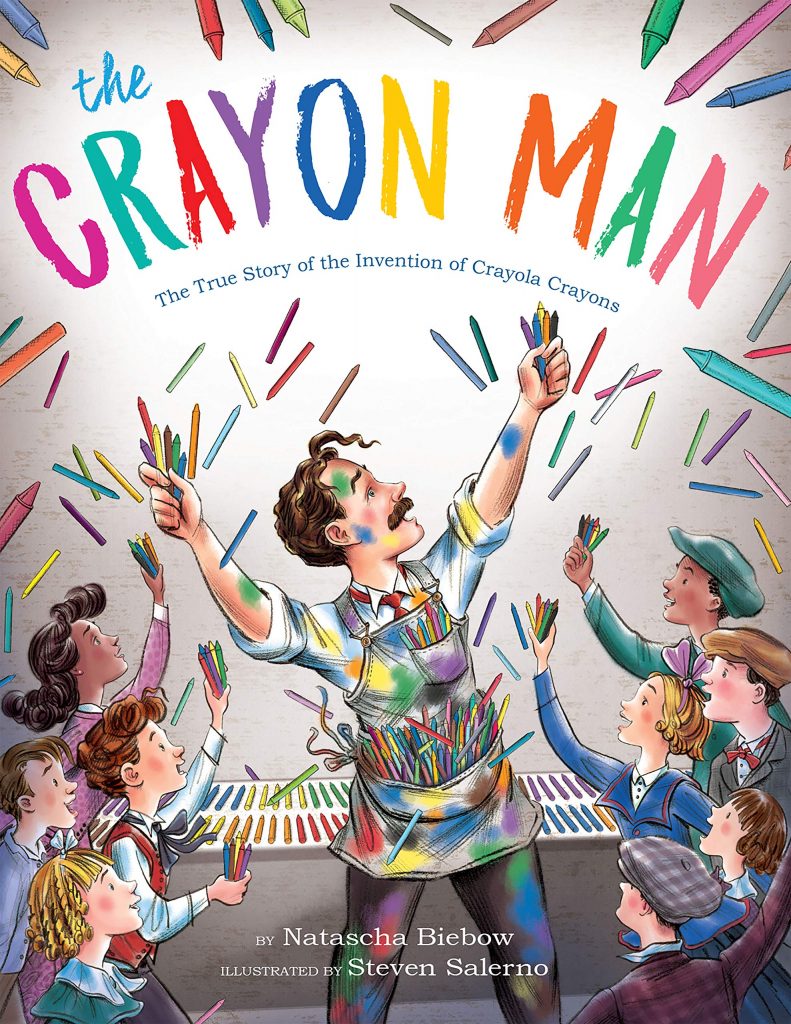
The Crayon Man: The True Story of the Invention of Crayola Crayons by me and Steven Salerno tells the inspiring story of Edwin Binney, an inventor who fashioned one of the world’s most lasting and well-loved childhood toys – the Crayola crayons. Combining his love for nature’s vibrant colors with his love for science and invention, Edwin discovered a way to bring the outside world to children, empowering them to dream in color.
The dual-layered text in The Crayon Man allows for students of different ages and abilities to access the main ideas in the story and dive deeper to discover further details, ideal for grades 2–5.
Before you start
Edwin Binney, the inventor of Crayola crayons, loved nature. He had a beautiful garden by the sea in Greenwich, Connecticut, and he often brought flowers into the office. To observe what inspired him, go on a nature walk. (Alternatively, either bring some nature into the classroom – a vase of flowers, Fall leaves, feathers, shells – or look at picture of a garden.) Encourage students to use all five senses! Look at the colors all around. What can your class see? What can they hear and smell? How do they feel?
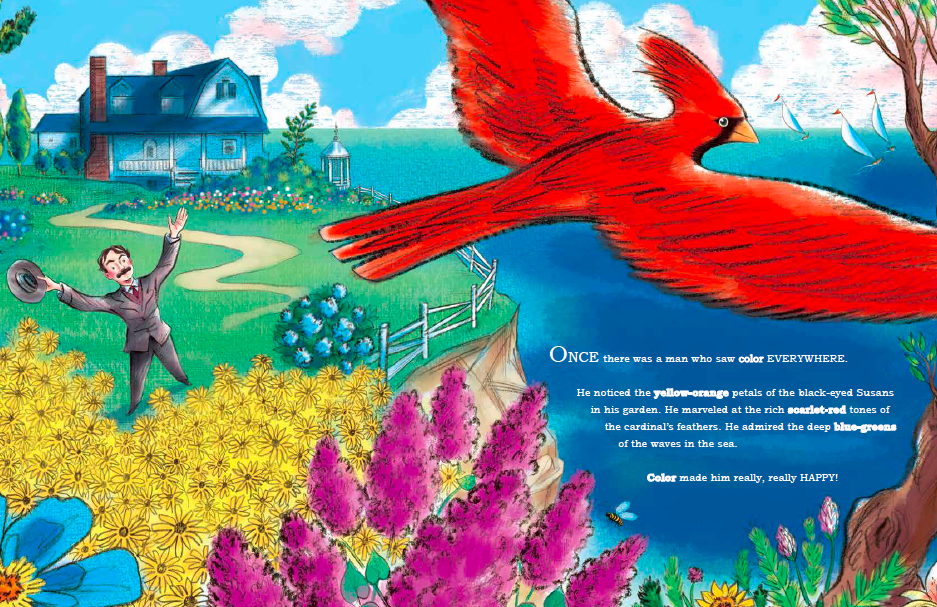
Have students use color descriptors to talk and write (and draw!) about what they see. Ask them:
- Can you identify different shades of the same color?
- What different names can you give for the same color in different tones – e.g. violet, purple, lilac or blue, periwinkle, indigo.
- How do different colors make you feel?
Extension: Students can write a short story using their color vocabulary.
As you read
As you read The Crayon Man out loud, work with your students to create a list of all the colors Edwin Binney mixed to create the first eight box of Crayola crayons that sold for only a nickel in 1903. Next, list some of the other colors that came later and note their names.
After you read
Have fun experimenting with colors like Edwin Binney did in his top-secret lab!
You will need:
- red, yellow and blue + black and white paint
- mixing pots – you can use old yoghurt containers or jars
- paintbrushes
- aprons or old shirts (to protect clothing)
- paper
Start with paints in the three primary colors – red, blue and yellow. Ask your students to EXPERIMENT to discover how to make each (secondary) color:

- Red + yellow = orange
- Red + blue + = purple
- Blue + yellow = green
These are called secondary colors.
Now EXPERIMENT to see what happens when students add:
Red + orange + blue + green = brown
All the colors together = black
Now, mix a primary and a secondary color, or add white or black. See what happens to the tone. Can your students make:
- a blue-green
- yellow-green
- blue-violet
- red-violet
- red-orange
- yellow-orange
- pink
- gray
You can find help mixing these shades here.
Get creative and ask students to make up their own names for the colors that they have mixed and write these down. Link this back to the nature activity at the start. Use observations, feelings and all four senses to help inspire the color names!
Extension: Examine a color wheel or a large box of Crayola crayons. Notice what the different shades are named. Can students order them from lightest to darkest tone? Can they come up with their own, personalized, names for these colors?
Discover more about how Crayola crayons are made from Mister Rogers.
You can also download the Educator’s Guide to The Crayon Man, which includes other fun cross-curricular activities.

Natascha Biebow’s favorite crayon color is periwinkle blue because it makes her heart sing. She loves to draw and make stuff, just like the inventor of the Crayola crayons. She lives in London, England, where she writes, edits, coaches and mentors children’s book authors and illustrators at Blue Elephant Storyshaping, and is the long-time Regional Advisor of SCBWI British Isles. In 2018, she was awarded an MBE for her services to children’s writers and illustrators. www.nataschabiebow.com


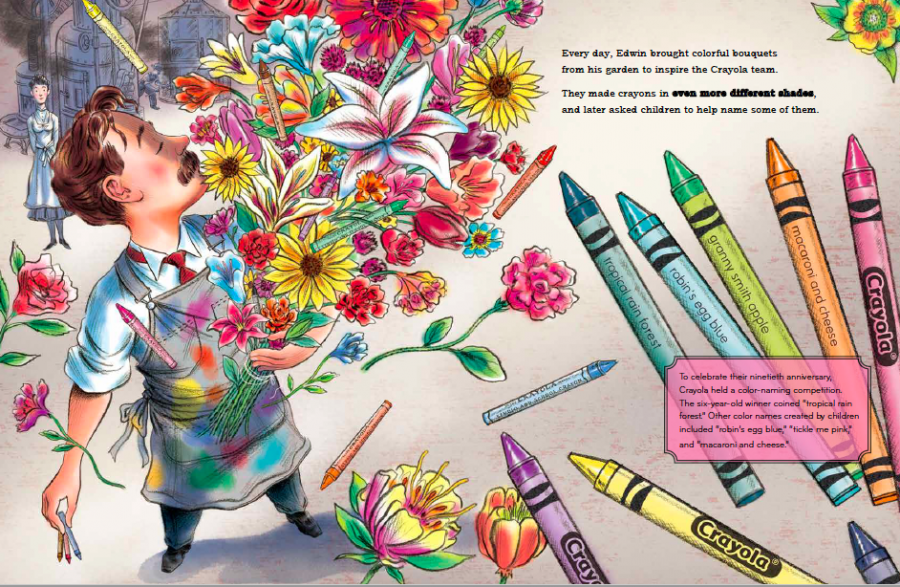
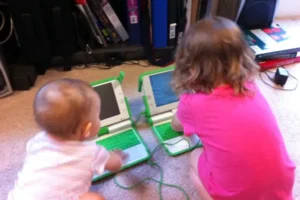
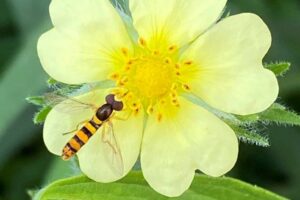
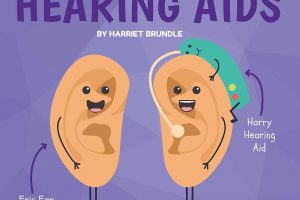


Leave a Reply
Your email is safe with me.